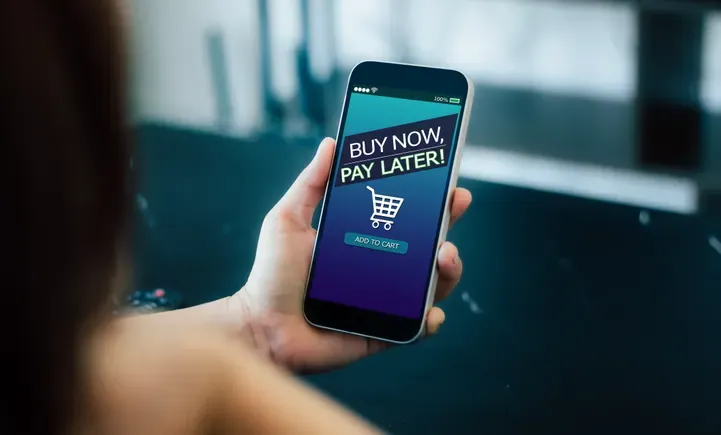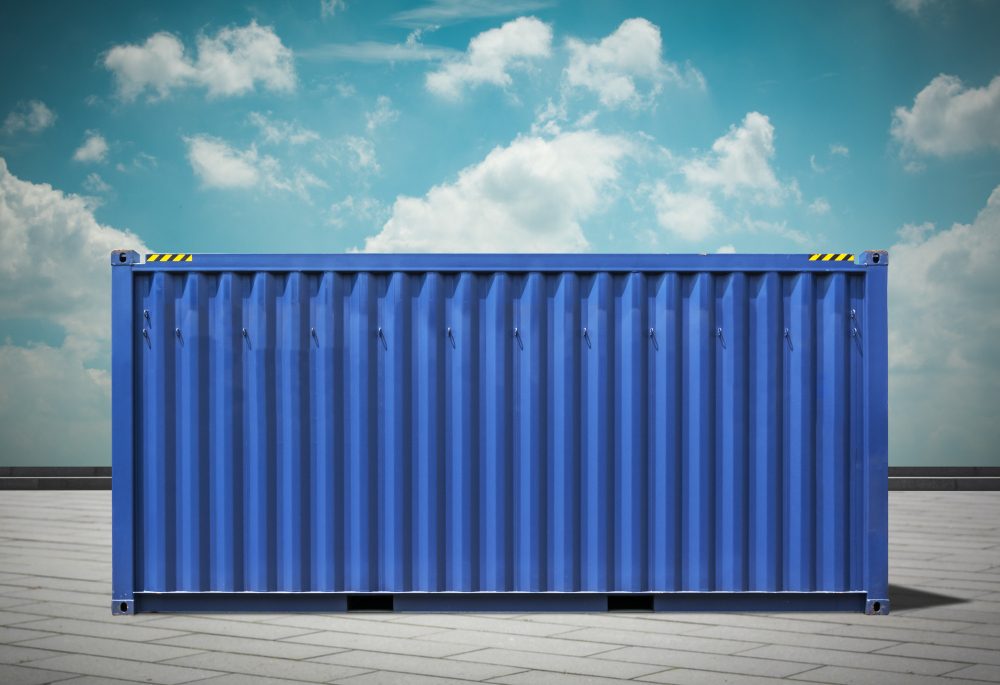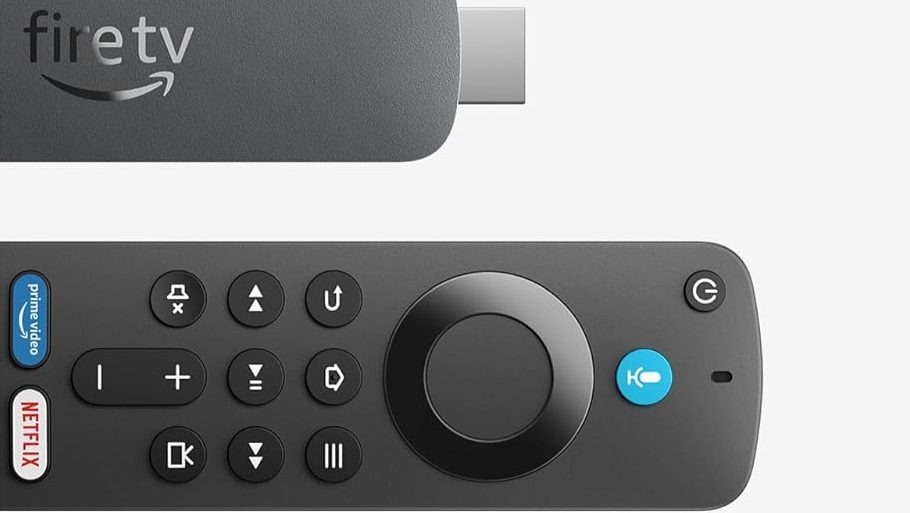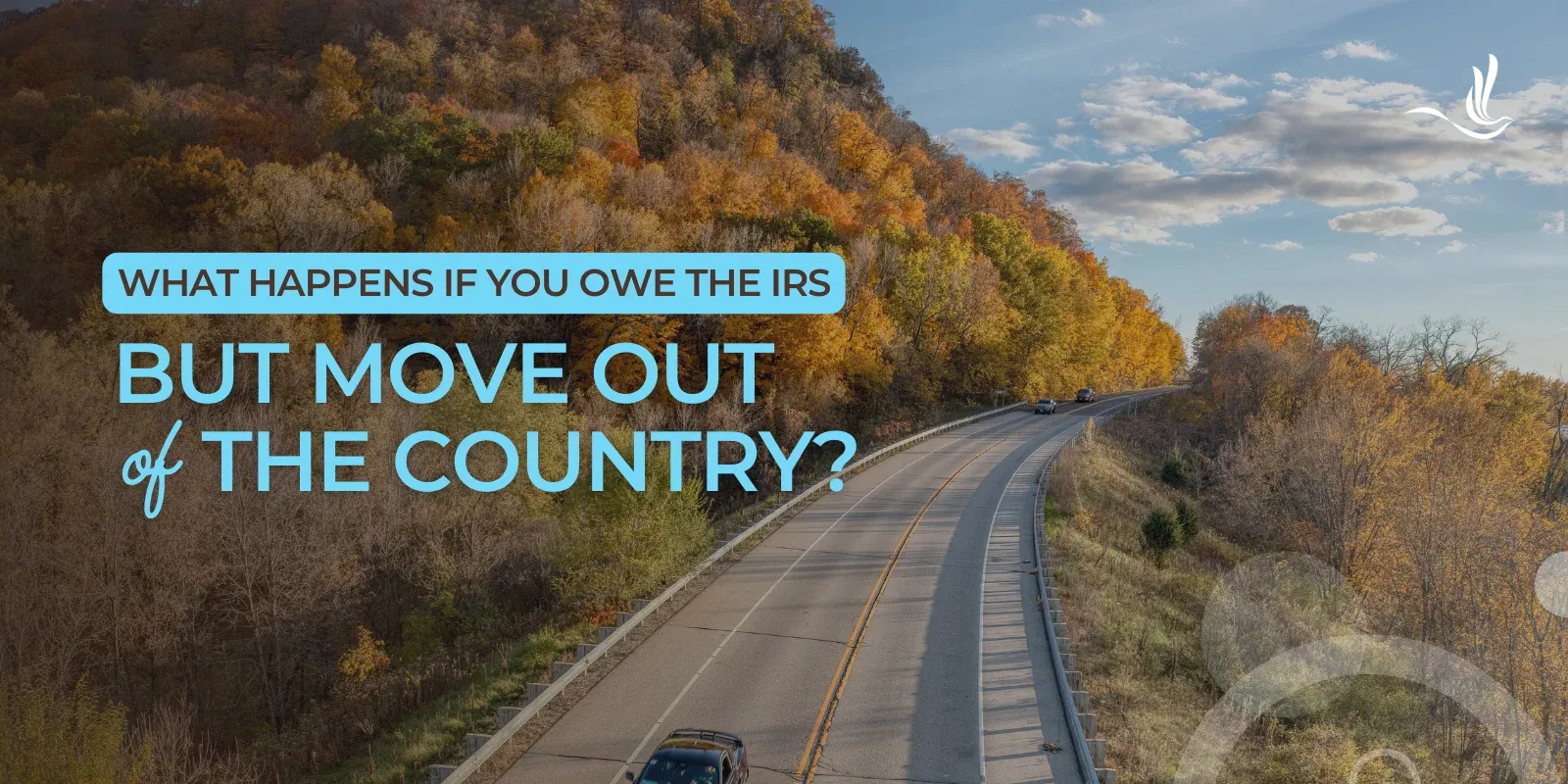Bottomline Technologies sells business payments and digital banking services to banks, which in turn use them to offer corporate customers non-branded technology for online banking and cash-management services.
Bottomline says about one million companies use its platforms to make $16 trillion in annual payments, with customers including 90% of the Fortune 100 businesses. It also contends it’s the world’s third-largest Swift service bureau owing to a large cross-border payments business in Europe.
In May, Bottomline introduced embedded access for banks to offer a proprietary payment network, Paymode, as part of their digital banking platforms.
This network for large companies contains about 600,000 vendors for which Bottomline has verified the identity and bank account details of each. That information allows for any company to pay these vendors, regardless of the bank they use, and prevents fraud, CEO Craig Saks said, calling the “closed loop environment” Bottomline’s “most interesting business.”
Bottomline has 2,500 employees and dual headquarters in Portsmouth, New Hampshire and Theale, England, with its operations focused on North America, the United Kingdom and Europe.
Saks, a former ACI Worldwide senior executive, joined Bottomline as chief executive officer in May 2022, when private equity firm Thoma Bravo closed on its $2.6 billion cash purchase of the company and took it private. Saks spoke with Payments Dive on July 23.
Editor’s note: This interview has been edited for clarity and brevity.
Craig Saks
Permission granted by Bottomline
Does Bottomline grow better as a public or a privately held company?
There is a massive opportunity. The U.S. business payments volume in aggregate, is tens and tens and tens of trillions of dollars.
No one has got a material share of that. We’re pretty big and we still think we’ve got so much headroom to go. We are still growing incredibly fast, because there’s this huge white space in the addressable market. The U.S. does need at least one or two large-scale business payment networks to emerge.
It doesn't have a large scale, de facto standard for a business payment network like it has in the card brands or in the big merchant acquirers. There just isn’t anyone who’s got to that breakthrough scale. And I think that is necessary in the U.S., and it’s inevitable.
Since you used the word inevitable, why haven't one or two dominant B2B payments networks evolved so far?
There are a lot of reasons why payment networks emerge at different speeds around the world. One is the level of regulatory push.
The U.S. doesn’t have a history or culture of decree: This is the new business-payment standard, and thou shalt all do it. Europe and the rest of the world tends to do that. The other thing that slows these things down a little bit in the U.S. is just the pure scale and complexity. Building payment networks takes a lot longer when there are thousands of banks than if there are dozens of banks. It takes a lot longer with millions of businesses.
It obviously takes a lot longer when there are lots of states with different state regulations and so on. And so I think the scale and complexity of the U.S. just makes it take a little bit longer to gel together. I’d say it’s inevitable for a few reasons. First of all, the efficiency that a scaled payment network brings to an economy is undeniable.
Who else is focused on this space?
Are you in competition with a Fiserv, an FIS, BILL?
When I look at where we play best, it’s in the upper part of the mid-market enterprise and above, and typically in the larger bank ecosystem. And it’s also not dependent on cards. It’s dependent on any type of electronic payment. In that realm, relatively few (companies) play, and there are relatively few that have advanced as far as we have, but absolutely some of the names you threw out there.
Fiserv and FIS, or the big card associations or some of the big ERP (enterprise resource planning) players, they all expressed interest at serving that community with different strategies...I think the U.S. is big enough for a small handful.
Given Bottomline’s private equity ownership, and the prospect Thoma Brava moves on at some point, what’s the likely ownership outcome for your company?
I get asked this question a lot, and it’s obviously speculative in terms of who would find us attractive and who wouldn’t. Our company is fairly sizable and very rapidly growing and a very profitable company. And so it would absolutely need to be bought by a larger player. This is going to be a fairly significant acquisition for someone.
I think the ideal player would be someone who is interested in an industrywide network and in network dynamics. They could be anyone who’s got a payment network or a network of customers within the banking or commercial corporate space. I think it’s unlikely that any one of the big (bank) participants in the network would want to buy it, because that would then turn you from being a “member of the club” to a competitor in the club. And I think that that would actually probably not work for the other banks.
It’s not to say that it’s impossible, and it’s not to say that some wouldn’t think about it, but I do think that it’s more likely that it will be a third party that serves the banking industry and has the opportunity to bring more scale and more amplification to the industry level value proposition, because of the network dynamic that we have.
What are your thoughts on stablecoin and its potential disruptive effects to the Swift messaging system for cross-border transactions?
Do I think that stablecoin could make inroads into Swift volumes or other cross border volumes? Absolutely, it’s a better widget. And the reason I say it’s a better widget is it’s still just dollars at the end of the day, if it’s backed by dollars, right? So it’s got certain technological and security advantages and all the other good things about a modern technology.
What people often forget is that payment types and methods are not just about the rail. It’s about 10 million other things that happen in the institutions on each side and in all of their customers, and around security rules and protocols and around trust. Nothing’s going to just walk in and say, ‘I’m going to replace the trust for the Swift correspondent banking network.’ And ‘I'm going to just replace all the understanding of the 10,000 ways people have tried to steal money from Swift in the last five decades,’ instantly. I’ve always seen that the evolution of payment types is actually a very long and drawn out journey.
So do I think that it could end up being a dominant payment type? Absolutely. Do I think it’ll take as long to get rid of everything else as it’s taken us to get rid of checks? Most likely.
Correction: This story has been updated to correct the current number of vendors within Bottomline’s payment network.
Disclaimer: This story is auto-aggregated by a computer program and has not been created or edited by finopulse.
Publisher: Source link








